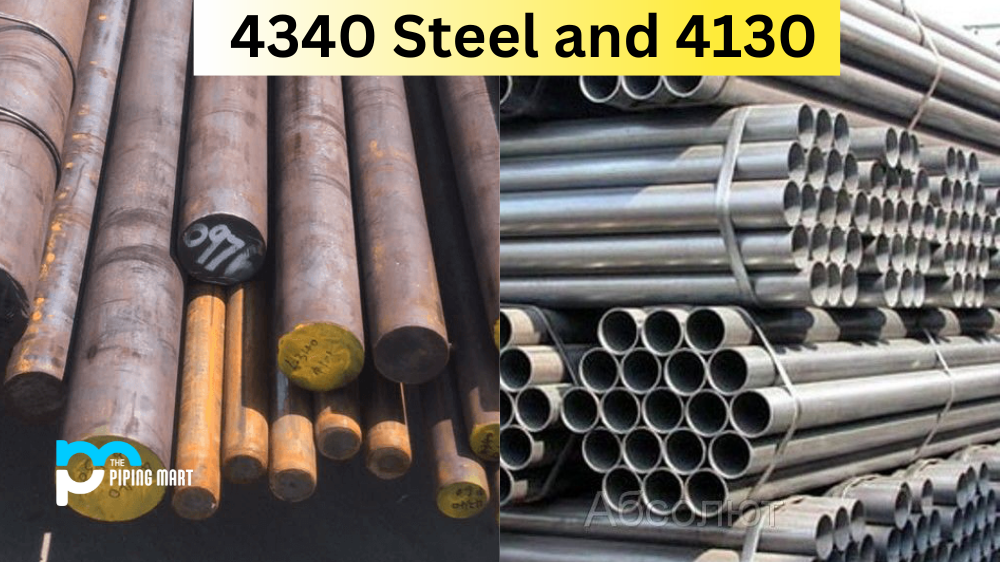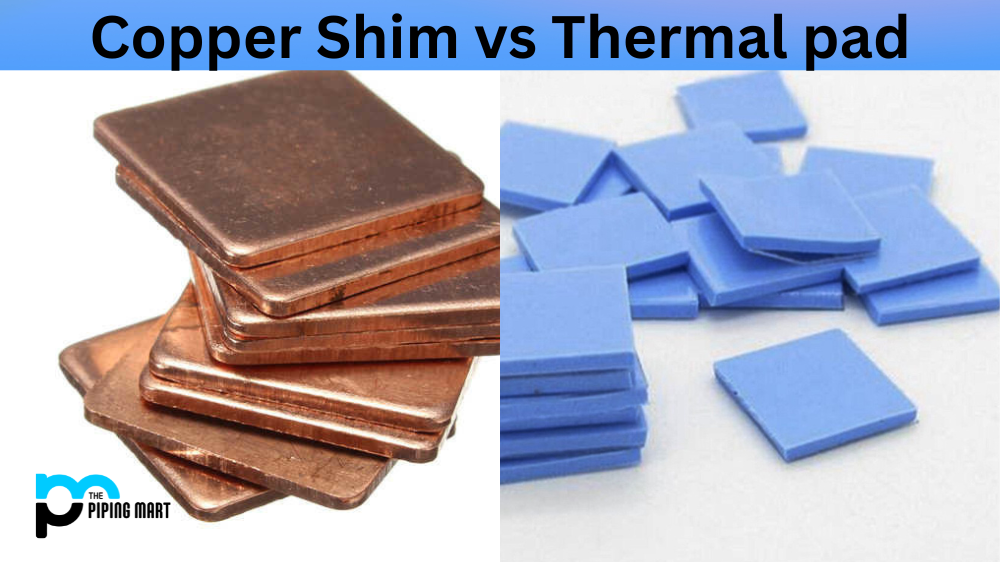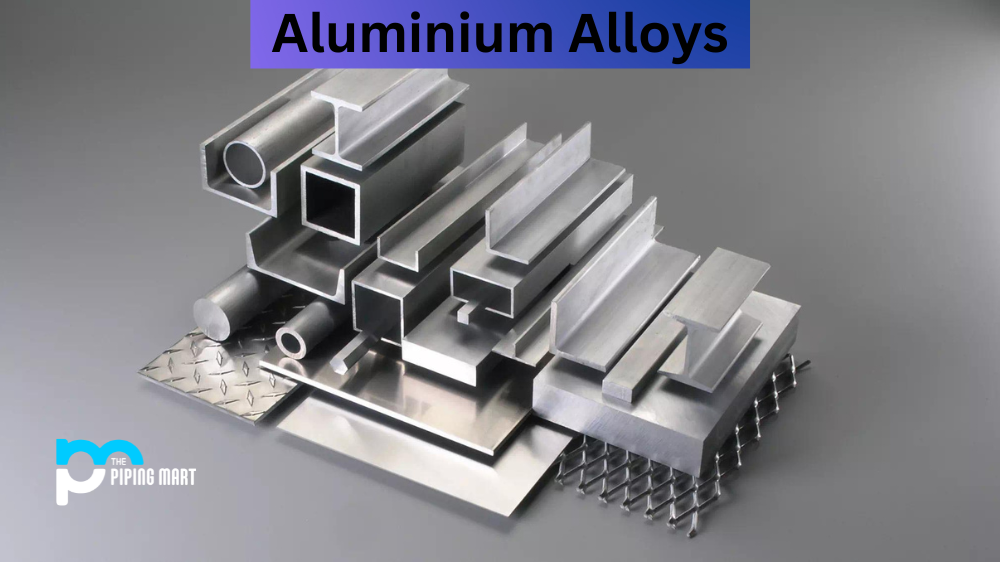Steel is the backbone of the manufacturing industry, used in everything from cars and aeroplanes to construction materials and machinery. When choosing the right type of steel for a particular application, it’s important to consider both the metal’s physical properties and the product’s specific demands. Two popular types of steel that are often compared are 4340 and 4130. While both have similar chemical compositions, key differences make one more suitable for certain uses than the other. In this post, we’ll explore the differences between 4340 steel and 4130 steel to help you decide which one to choose for your next project.
Difference Between 4340 Steel and 4130
Chemical Composition
Both 4340 and 4130 steel are low alloy steels used in high-stress applications requiring high strength and good toughness. They are made of similar chemical composition—as shown in the table below— but with slightly different proportions of elements.
Strength and Toughness
4340 steel has a higher yield and tensile strength than 4130 steel, making it ideal for high-pressure vessels, turbine components, and gears. On the other hand, 4130 steel is more ductile and malleable than 4340 steel, which makes it easier to fabricate and weld. It’s a popular choice for industries that require weldable steel, such as aviation and oil and gas.
Heat Treatment
The difference between 4340 and 4130 steel can also be seen in their heat treatment. 4340 steel is quenched and tempered to achieve high strength and toughness, while 4130 steel is typically normalized and tempered to balance strength and ductility. This difference in heat treatment results in 4130 steel is more suitable for thin-walled or complex structures that require high tensile strength without being brittle.
Cost
The cost of 4340 steel is typically higher than that of 4130 steel due to its higher nickel content and stronger properties. It’s premium steel often used in specialized applications where strength and durability are crucial, even if it means a higher cost. 4130 steel is a more affordable option with good strength and malleability.
Conclusion
Choosing between 4340 and 4130 steel ultimately comes down to the project’s specific requirements. If you need exceptionally strong, durable steel that can handle high stress, 4340 steel is the way to go. However, if you need weldable and malleable steel, 4130 steel is the better choice. Cost is also a consideration, with 4340 steel costing more but offering premium properties. Whatever you choose, consult with a professional metallurgist or engineer to ensure your decision is the right one for your project’s unique needs.




